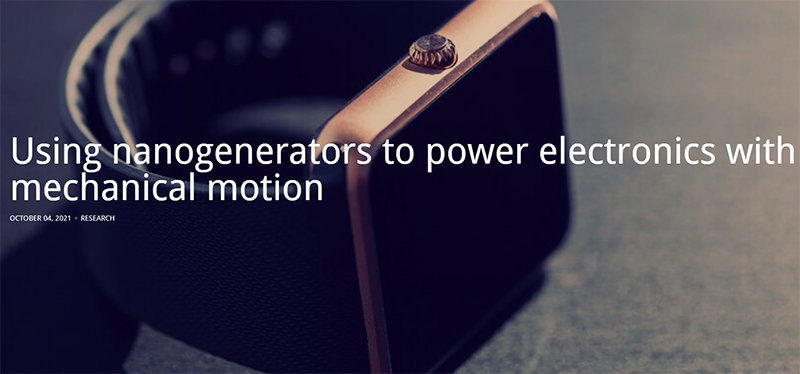Since the discovery of piezoelectric materials that generate electricity from mechanical motion, there has been an interest to develop energy generators to develop self-sufficient electronics. However, many of these materials have poor dielectric properties and do not retain their polarized charge.
Now researchers develop a composite film made up of non-toxic materials that have good dielectric strength and display remnant polarization, paving the way for energy generators that have improved performance.
The push towards low powered, energy-saving devices has been a direction the electronics industry has always pursued. The switch to low powered LED lighting is a good example of this trend. Another avenue is the development of energy harvesting, self-sufficient devices. The idea here is to use materials that display piezoelectric and triboelectric effects to convert mechanical energy into electrical energy. Piezoelectric materials generate an electrical charge when stressed mechanically, while the triboelectric effect is the buildup of charges on two dissimilar materials after they have come in contact with each other. Excited about the significance of the study, Prof. Kim states: “For the first time, the single-phase room-temperature multiferroic material with colossal dielectric constant has been achieved. The internal polarization amplification of the polymer was improved, boosting the energy harvesting performance of the hybrid energy harvester.”
As progress continues to be made to improve the energy harvesting performance of nanogenerators, these tiny devices could one day invalidate batteries in many cases, making electronics more sustainable and self-sufficient.
Date: October 4, 2021

